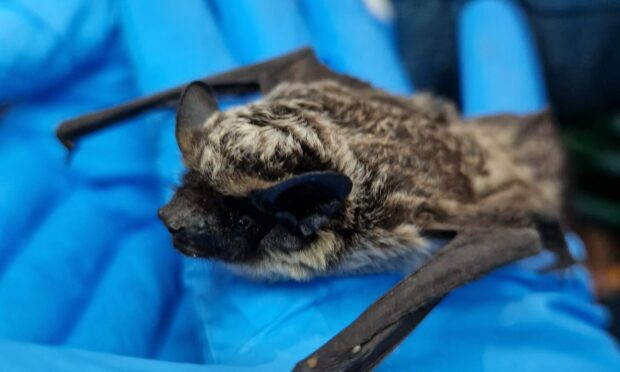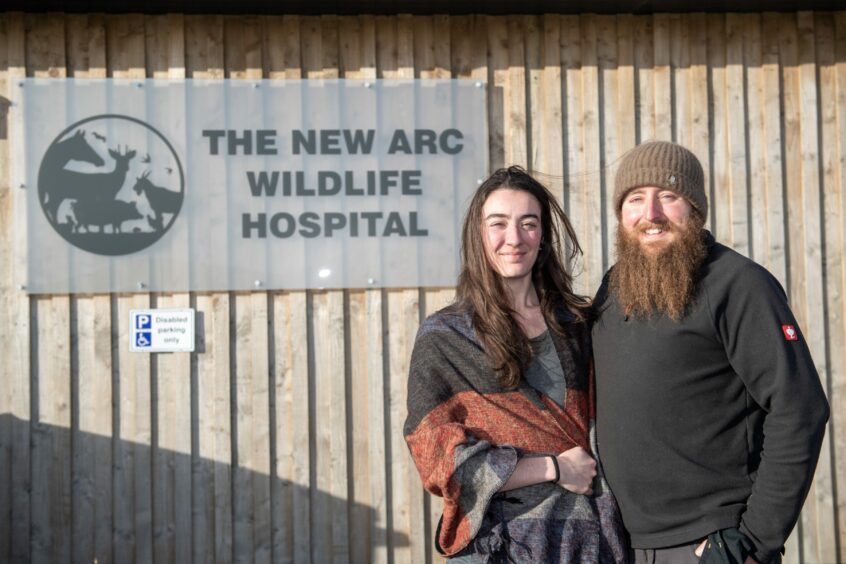The team at New Arc is used to welcoming “interesting” patients to the wildlife hospital.
But, when a European bat was transferred to their care on May 22 after being found in Stonehaven the team wasn’t quite sure how it ended up in the area.
Initially, a member of the public took it to a vet, and – because of how small it was – they at first thought it was probably a baby bat.
The team at New Arc spotted it was not a native creature when they opened up the container.
Paul Reynold, manager of the sanctuary, explained the shape of the face, the shape of its nose, and the colour of the bat’s fur were all different from the local species.
A specialist was able to identify it as a parti-couloured bat.
Mr Reynold said: “We’re quite familiar with British species, but bats like this are referred to as vagrants, or migrant species, that can randomly appear in the country if the wind is right, or they get blown off course, or whatever other reason.
“There are a few records of them turning up in the UK, but by no means is it a common occurrence.”
The parti-coloured bat normally lives further across Europe and can even be found as far as China. According to NESBReC, this is the first one that has been recorded in the north-east.
How did the bat end up in Stonehaven?
While Mr Reynolds doesn’t think this little bat came from China, it could have travelled quite the distance before landing in Stonehaven.
He said that while the bat was in poor condition, dehydrated and had a sticky residue on its wing, it at first seemed “quite lively”.
The team had planned to care for it and treat it like any other patient – while keeping it contained and separated from the native species – but the little bat died the next morning.
Mr Reynolds said: “I think they’re one of the furthest flying of all the bats, in a migratory distance-wise, they can fly over 1,000km – which is quite impressive really.
“With this individual, we have no idea why he ended up in Stonehaven, but he wasn’t in good condition when he arrived. Did he get blown over in strong winds, was it an unwell bat that was poorly navigating?
“It’s hard to say really. But, ultimately, it passed away in the first 24 hours, which is a shame because it wasn’t initially obvious it was going in that direction.
“Although it was in poor body condition and it was dehydrated it was otherwise quite lively, it was taking rehydration food well and was all set up for the night, but it passed away in the morning.”
What to do if you find an unwell bat?
The sanctuary manager advised anyone who finds a bat that appears unwell, on the ground, or low down on a wall to call their nearest wildlife rescue or the Bat Conservation Trust.
“You really mustn’t touch a bat with bare hands,” he warned. “Always wear a thick pair of gardening gloves – you must never be in a position where a bat can bite or scratch you.
“If someone was to pick one up, they mustn’t do it with their bare hands, especially in the case of the quite unlikely event you’re picking up a bat that’s not even from this country.”


Conversation